Table of Contents
Fortinet: A Brief History and Evolution
Founded in 2000 by Ken Xie and his brother Michael Xie, Fortinet set out to “fortify” networks against emerging cyberthreats. Their very first product, the FortiGate firewall, launched in 2002, backed by a proprietary ASIC (Application-Specific Integrated Circuit) to accelerate deep-packet inspection.
Over the next two decades, Fortinet expanded both organically and through acquisitions—absorbing technologies in areas such as database security (IPLocks), Ethernet switching (Woven Systems), Wi-Fi hardware (Meru Networks), and advanced threat analytics (AccelOps). This strategic growth enabled Fortinet to build not just a firewall vendor, but a full-stack cybersecurity ecosystem.
The FortiGate Next-Generation Firewall (NGFW)
When most people think “Fortinet,” they think “firewall.” And with good reason: FortiGate NGFWs remain Fortinet’s flagship offering, delivering:
- Advanced Threat Protection including intrusion prevention (IPS), antivirus, anti-malware, and sandboxing.
- Application Control for granular visibility and policy enforcement over hundreds of apps.
- VPN Connectivity (IPsec, SSL) to secure remote and site-to-site connections.
- High Performance via custom ASIC-accelerated packet processing.
- Scalability & Reliability suitable for SMBs through large enterprises and data centers.
FortiGate NGFWs don’t merely replace legacy port-and-protocol packet filters; they understand the content—performing deep packet inspection (DPI) to identify threats, enforce granular policies, and dynamically adjust Quality of Service.
The Security Fabric: Integrating Fortinet’s Ecosystem
Fortinet’s true strength lies in how its products interconnect to form the Security Fabric—an architecture that provides:
- Bi-directional Data Sharing: Fortinet devices exchange telemetry and threat intelligence via RESTful APIs, enabling centralized visibility and automated response.
- Cross-Domain Enforcement: Security policies can span network, endpoint, cloud, and application layers.
- Third-Party Integrations: Fortinet natively plugs into AWS, Azure, ServiceNow, and SIEM platforms—allowing seamless orchestration with existing enterprise tools.
By weaving together firewalls, switches, wireless access points, endpoint agents, and cloud security gateways, the Security Fabric lets security teams “connect the dots” across their entire digital infrastructure.
Beyond Firewalls: Fortinet’s Product Portfolio
While FortiGate NGFWs remain at the core, Fortinet offers a comprehensive suite of solutions:
| Category | Key Products | Purpose |
|---|---|---|
| Endpoint & VPN | FortiClient | Antivirus, EDR, VPN agent |
| Management & Analytics | FortiManager, FortiAnalyzer | Centralized config, log collection, SIEM integration |
| Email & Web Security | FortiMail, FortiWeb | Secure email gateway; Web application firewall |
| Advanced Threat | FortiSandbox, FortiAI | Sandbox analysis; AI-driven threat detection |
| WAN Optimization & SD-WAN | FortiWAN, FortiProxy | Secure SD-WAN, application acceleration |
| Cloud Security | FortiCASB, FortiGate Cloud, FortiCNP | Cloud access security broker; cloud-native protection |
Example: FortiClient operates as the endpoint agent, enforcing policies pushed from EMS (Enterprise Management Server), while FortiSandbox isolates and inspects suspicious files pulled from FortiGate traffic.
Real-World Use Cases
- Data Center Protection
Enterprises layer multiple FortiGate units in active-active or active-passive clusters, providing high throughput and redundancy for critical data center traffic. - Secure Remote Access
Organizations deploy FortiClient SSL VPN to grant remote employees secure, granular access to internal resources—managed centrally by FortiManager. - Cloud Security Posture Management
FortiCNP continuously assesses cloud workload configurations against best-practice benchmarks, automatically remediating risks in AWS, Azure, and GCP environments. - Zero Trust & Micro-Segmentation
Using FortiNAC alongside FortiSwitch and FortiWiFi, IT teams can implement 802.1X authentication and isolate devices into dynamic security zones.
Market Impact & Certifications
Fortinet’s holistic approach has propelled it to a leading market share in the firewall segment. According to industry analysts, Fortinet consistently ranks among the top three NGFW vendors globally.
To support adoption and skill development, Fortinet operates the Network Security Expert (NSE) certification program—from foundational NSE 1 through expert NSE 8. These hands-on certifications validate proficiency across Fortinet’s broad product lineup, reinforcing Fortinet’s ecosystem to both partner engineers and end-user administrators.
Best Practices for Deploying Fortinet Solutions
- Plan for High Availability: Leverage FortiGate clustering to ensure uninterrupted security services.
- Segment Your Network: Use FortiSwitch and FortiAP to enforce micro-segmentation, reducing lateral movement risk.
- Automate Fabric Responses: Configure Security Fabric automation stitches so that detected threats on one device trigger preventive actions elsewhere.
- Regularly Update Signatures: Even with on-board FortiGuard Labs updates, ensure your FortiGates and FortiClients pull timely threat feeds.
- Monitor & Log: Centralize logs in FortiAnalyzer to enable forensic investigations and compliance reporting.
The Future: SASE and Secure SD-WAN
Fortinet is at the forefront of converging networking and security into a cohesive Secure Access Service Edge (SASE). By integrating FortiGate SD-WAN functionality directly into the Security Fabric, organizations can:
- Optimize WAN Costs using broadband and LTE backup.
- Enforce Security Globally via FortiGuard Unified Threat Intelligence across all branch and cloud locations.
- Simplify Management by treating SD-WAN as a native security domain, centrally managed in FortiManager.
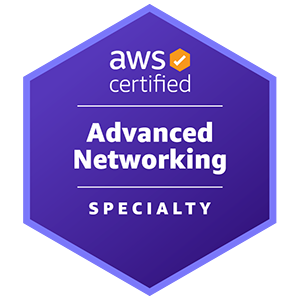
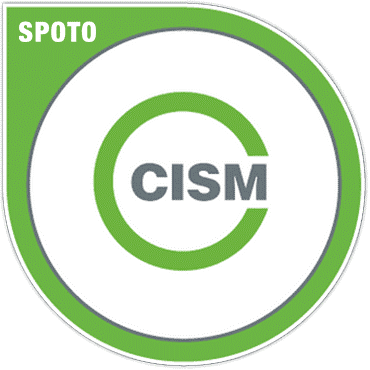

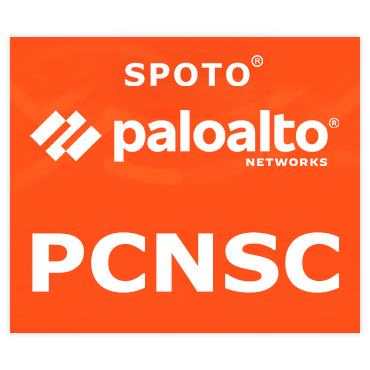

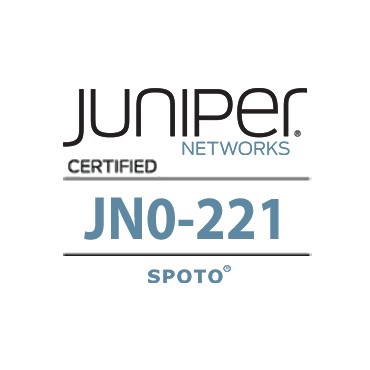
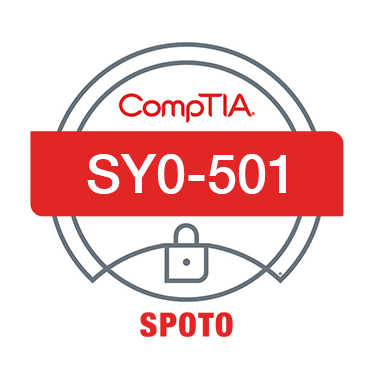
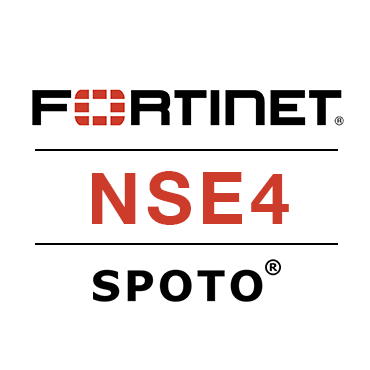

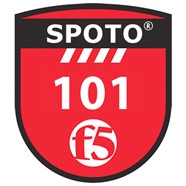
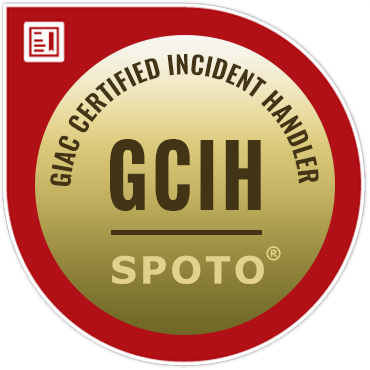
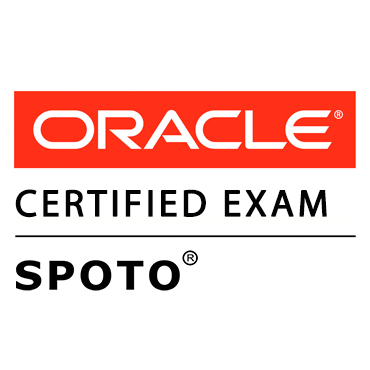


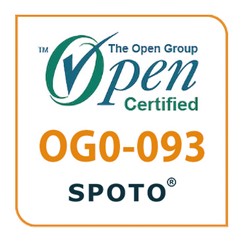


Comments